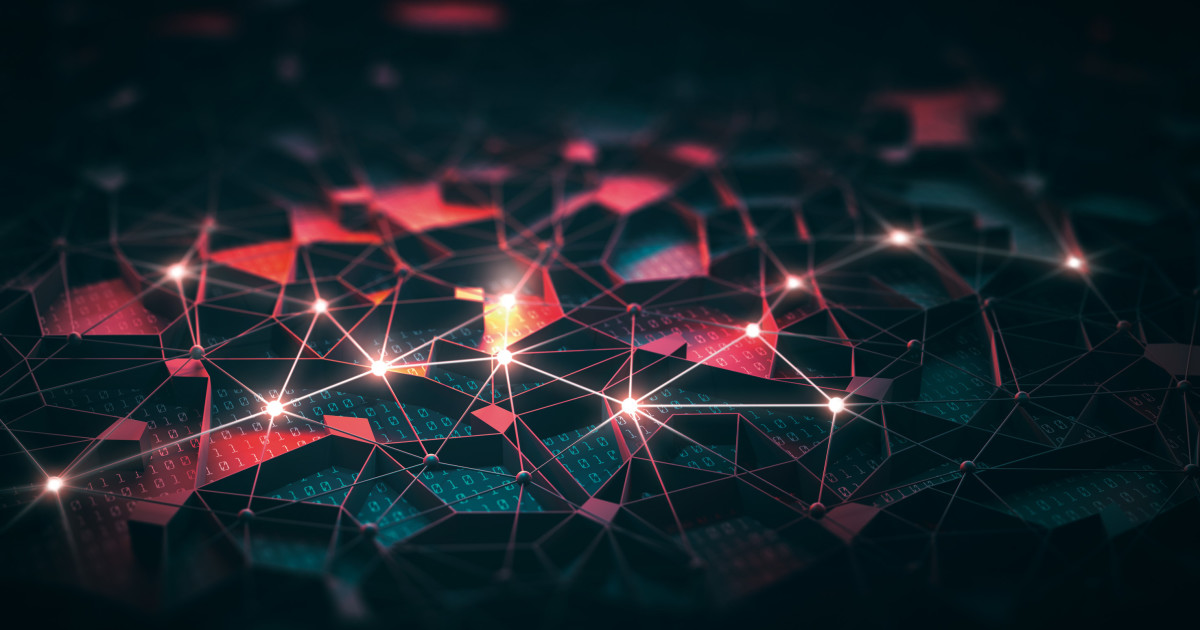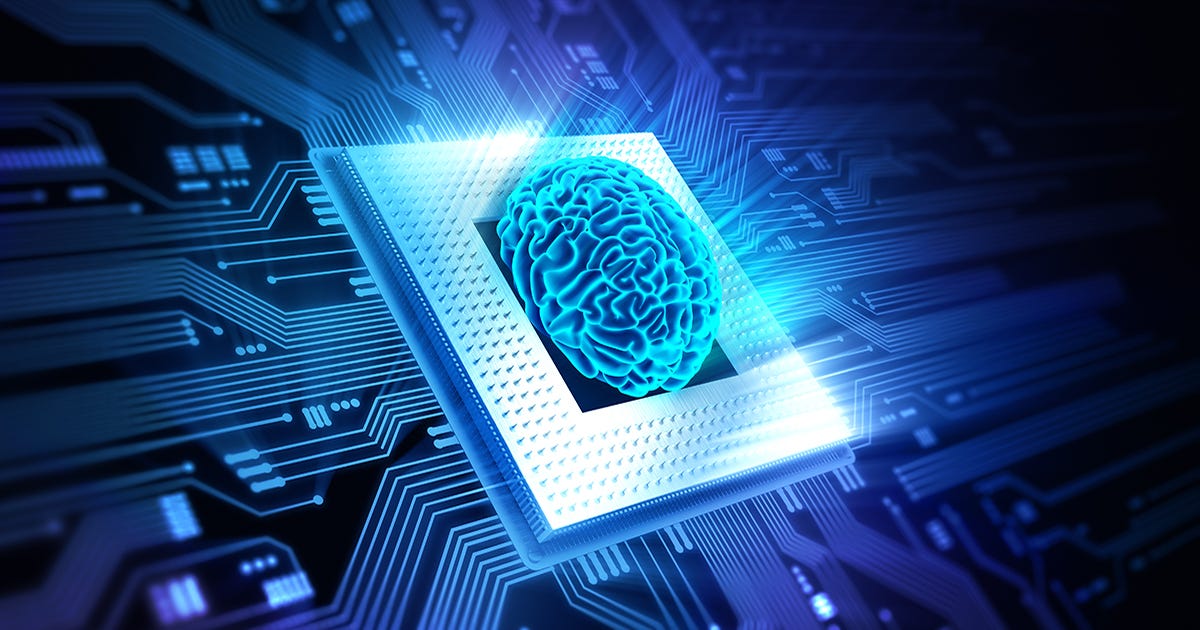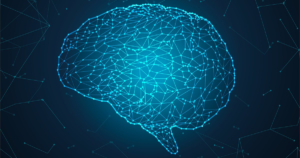The Depth of Learning: Artificial Neural Networks
In the ever-expanding realm of artificial intelligence, one term stands out with a resounding impact – Artificial Neural Networks (ANNs). These intricate constructs of machine learning have paved the way for unprecedented advancements in various fields. To embark on this journey through the depths of learning within ANNs, let’s first establish a fundamental understanding of what ANNs truly are and why the depth within them holds immense significance.
Defining Artificial Neural Networks (ANNs)
At its core, an Artificial Neural Network is a computational model inspired by the biological neural networks that make up the human brain. ANNs consist of interconnected nodes, or “neurons,” each with a unique role in processing and transmitting information. These networks are structured in layers, mirroring the synaptic connections found in biological systems. This arrangement allows them to perform complex tasks that traditional algorithms often struggle to tackle.
The Significance of Depth in ANNs
As we delve into the world of ANNs, one concept continually emerges: depth. The depth of a neural network refers to the number of hidden layers between the input and output layers. Understanding this depth is crucial because it underpins the network’s ability to learn intricate patterns and representations from data. In this article, we will explore why deeper networks often outperform their shallower counterparts and the transformative impact this has had on the field of deep learning.
The Fundamentals of Neural Networks

To appreciate the depth within ANNs fully, we must begin by dissecting their fundamental components. At the heart of these networks lie neurons and synapses, the building blocks of computational intelligence.
Neurons and Synapses: The Building Blocks
In the digital realm, neurons serve as the basic processing units. These neurons are interconnected by synapses, just as biological neurons are connected by dendritic junctions. Understanding these digital counterparts is essential to grasp the intricate web of computation within neural networks.
The Feedforward Neural Network
The feedforward neural network is the simplest form of an ANN, where information flows in one direction, from input to output. It’s the foundation upon which more complex network architectures are built, making it a vital concept to master.
The Backpropagation Algorithm
Backpropagation is the engine that fuels learning in ANNs. It is the mechanism through which these networks adjust their parameters to minimize errors and improve their performance. A profound understanding of backpropagation is essential for comprehending the learning process in neural networks.
The Evolution of Neural Network Depth

Deep learning is not a static field; it has evolved significantly over the years. The journey from shallow to deep networks is marked by pivotal milestones that have shaped the landscape of machine learning.
Shallow vs. Deep Networks
Shallow networks were the precursors to deep networks and operated with just a few layers. We’ll explore the fundamental differences between these shallow networks and their deep counterparts.
Historical Milestones in Deep Learning
To truly appreciate the significance of depth in ANNs, it’s imperative to explore the historical milestones that have punctuated the development of deep learning. From early perceptrons to the vanishing gradient problem, these milestones have shaped the course of deep learning.
The Deep Learning Revolution
The resurgence of deep learning and its revolutionizing impact on the AI community cannot be overstated. It has breathed new life into the field, leading to the development of increasingly sophisticated neural networks.
Architectural Components of Deep Neural Networks

Deep neural networks come in various architectural forms, each tailored for specific tasks. It is crucial to explore these architectures to appreciate their diversity and utility.
Convolutional Neural Networks (CNNs)
CNNs are the go-to choice for image analysis. We’ll delve into their structure and explain how they excel in tasks like image recognition and classification.
Recurrent Neural Networks (RNNs)
RNNs are designed for sequential data analysis, making them invaluable in fields like natural language processing and time-series forecasting. We’ll uncover their inner workings and applications.
Long Short-Term Memory (LSTM) Networks
LSTM networks, a specialized form of RNN, overcome the vanishing gradient problem and are instrumental in tasks that require the retention of long-term dependencies.
Transformer Networks
Transformers have revolutionized natural language processing tasks and are the foundation of powerful models like BERT and GPT. Understanding the unique architecture of transformers is essential.
Gated Recurrent Units (GRUs)
GRUs represent a middle ground between traditional RNNs and LSTMs. Their simplified architecture provides a valuable balance of efficiency and performance.
The Role of Depth in Feature Extraction
The depth of a neural network profoundly impacts its ability to extract features from data. This is a pivotal aspect of deep learning.
Hierarchical Representation Learning
Deep networks can learn hierarchical representations of data. We’ll explore how this hierarchical approach allows them to capture intricate features within complex datasets.
Capturing Hierarchical Abstractions
Deep networks are adept at capturing abstract features at different levels of granularity. This capacity to abstract complex information is a hallmark of deep learning.
Convolutional Layers in Image Analysis
Convolutional layers, a cornerstone of CNNs, enable the automated extraction of features from images. Understanding how these layers work is key to comprehending the success of deep learning in image analysis.
Time-Series Data and Recurrent Networks
For time-series data analysis, recurrent networks are indispensable. We’ll elucidate how the depth of these networks allows them to learn and predict temporal patterns in data.
Overcoming Challenges in Deep Learning
Deep learning is not without its challenges. Several hurdles had to be cleared to make deep networks as powerful as they are today.
The Vanishing Gradient Problem
The vanishing gradient problem was a significant roadblock in the path to deep learning. We’ll explore this problem and the ingenious solutions that emerged.
Exploding Gradient Problem
Conversely, the exploding gradient problem plagued early deep networks. We’ll investigate the causes and remedies for this issue.
Regularization Techniques
Regularization methods are crucial for preventing overfitting in deep networks. We’ll discuss techniques like L1, L2 regularization, and dropout.
Weight Initialization Strategies
Proper weight initialization is critical for training deep networks. We’ll elucidate various weight initialization techniques and their impact on network convergence.
Deep Learning Applications

Deep learning has found application in a plethora of fields, revolutionizing the way we tackle complex problems.
Image Recognition and Classification
Deep networks have achieved remarkable accuracy in image recognition and classification. We’ll explore their role in this domain and the implications for industries like healthcare and automotive.
Natural Language Processing (NLP)
NLP has undergone a transformation with the advent of deep learning models like BERT and GPT. We’ll delve into how deep networks are changing the way we understand and process human language.
Speech Recognition and Synthesis
Deep networks have made significant strides in speech recognition and synthesis, enabling voice assistants and more. We’ll explore the technology behind these advancements.
Recommender Systems
Deep learning plays a pivotal role in recommender systems, influencing what we watch, read, and purchase. We’ll uncover the algorithms that drive these recommendations.
Autonomous Vehicles
Autonomous vehicles rely on deep networks for perception, decision-making, and control. We’ll discuss the role of deep learning in shaping the future of transportation.
Training Deep Neural Networks
Training deep neural networks is a complex process, and the methods employed are critical to achieving optimal results.
Stochastic Gradient Descent (SGD)
SGD is the workhorse of neural network training. We’ll elucidate how it works and its role in minimizing the loss function.
Mini-Batch Training
Mini-batch training optimizes the convergence of deep networks. We’ll explain the benefits of this approach and how it differs from full-batch training.
Learning Rate Scheduling
Dynamic learning rates are essential for faster convergence. We’ll explore learning rate scheduling techniques and their impact on training deep networks.
Optimizers: Adam, RMSprop, and more
Optimizers fine-tune the training process. We’ll discuss popular optimizers like Adam and RMSprop, shedding light on how they expedite convergence.
Transfer Learning in Deep Networks

Transfer learning leverages pre-existing knowledge to expedite learning on new tasks, making it a pivotal concept in deep learning.
Leveraging Pretrained Models
Pretrained models are the cornerstone of transfer learning. We’ll explore how these models are used as a foundation for new tasks.
Fine-Tuning for Specific Tasks
Fine-tuning allows for customizing pretrained models for specific tasks. We’ll discuss the techniques and considerations involved in fine-tuning.
Benefits and Challenges of Transfer Learning
Transfer learning offers numerous benefits, but it’s not without its challenges. We’ll weigh the pros and cons of this approach.
Ethical and Societal Implications
The depth of learning in ANNs brings with it profound ethical and societal considerations.
Bias and Fairness in Deep Learning
Bias in AI systems is a pressing concern. We’ll examine how bias can emerge in deep networks and strategies to mitigate it.
Privacy Concerns
The vast amounts of data deep networks require for training raise critical privacy concerns. We’ll discuss these concerns and potential safeguards.
Regulation and Responsibility
As deep learning technology advances, regulations and ethical considerations become paramount. We’ll delve into the need for responsible AI development and the role of regulations.
The Future of Deep Learning
The journey of deep learning doesn’t end here. The field is evolving rapidly, and the future holds intriguing possibilities.
Ongoing Research and Advancements
The landscape of deep learning is ever-evolving, with ongoing research pushing the boundaries of what’s possible. We’ll explore current research trends and their potential impact.
Quantum Computing and Deep Learning
Quantum computing has the potential to revolutionize deep learning. We’ll examine the intersection of these two fields and the possibilities it unlocks.
Beyond Deep Learning: Neuromorphic Computing
Neuromorphic computing is an emerging field that mimics the human brain’s structure. We’ll discuss how this novel approach may redefine the future of AI.
Case Studies and Success Stories
Real-world applications demonstrate the power of deep learning. Several case studies and success stories are worth exploring.
AlphaGo and DeepMind
The story of AlphaGo’s victory over a human Go champion illustrates the incredible capabilities of deep networks.
Tesla’s Autopilot System
Tesla’s Autopilot system showcases the real-world applications of deep learning in autonomous driving.
Healthcare Applications
Deep learning is transforming healthcare, from diagnostic tools to drug discovery. We’ll explore its impact in the medical field.
Language Translation with Transformers
Transformers have revolutionized language translation. We’ll discuss how these models have made cross-lingual communication more accessible.
Conclusion
As we conclude our journey through the depth of learning in ANNs, it’s essential to recap the key takeaways and reflect on the endless possibilities that deep learning opens up.
Summarizing the Depth of Learning in ANNs
We’ll synthesize the key insights from our exploration of deep learning in ANNs, highlighting its transformative potential.
The Endless Possibilities of Deep Learning
Deep learning has already achieved remarkable feats, but its potential remains largely untapped. We’ll conclude by pondering the boundless possibilities that the future holds for this dynamic field.
Frequently Asked Questions (FAQ) About The Depth of Learning: Artificial Neural Networks
What is the fundamental difference between shallow and deep neural networks?
Shallow neural networks have only a few hidden layers, while deep neural networks consist of many hidden layers. The depth in deep networks enables them to capture intricate patterns and representations, making them suitable for complex tasks.
How does backpropagation work in artificial neural networks?
Backpropagation is the training algorithm for neural networks. It involves calculating the gradient of the loss function with respect to the network’s parameters and using this information to update the weights and biases, thereby minimizing the error.
What is the significance of convolutional layers in deep neural networks, and why are they vital for image analysis?
Convolutional layers are essential for image analysis as they automatically extract features from images. These layers use small filters to detect patterns like edges and textures, making them indispensable for tasks like image recognition and classification.
What challenges does the vanishing gradient problem pose in deep learning, and how is it overcome?
The vanishing gradient problem hinders the training of deep networks by causing gradients to become extremely small. To overcome it, techniques like careful weight initialization, activation functions, and architectural modifications, such as LSTMs, were developed.
How does transfer learning benefit deep networks, and what are its potential drawbacks?
Transfer learning leverages pretrained models to expedite learning on new tasks. It saves time and resources. However, the drawback is that the pretrained model may not be a perfect fit for the new task, requiring fine-tuning and careful adaptation.
What are the ethical considerations related to deep learning, particularly in terms of bias and fairness?
Deep learning models can inherit biases present in training data, which can lead to unfair outcomes. Ensuring fairness involves data preprocessing, bias detection, and careful model evaluation to mitigate these issues.
How is quantum computing related to deep learning, and what possibilities does it offer?
Quantum computing has the potential to accelerate deep learning tasks significantly. Quantum computers can perform complex calculations faster than classical computers, offering the promise of solving complex deep learning problems more efficiently.
What are some real-world applications of deep learning, beyond image and speech recognition?
Deep learning is widely applied in healthcare for disease diagnosis, in natural language processing for language translation, in finance for fraud detection, and in autonomous vehicles for perception and decision-making, among many other fields.
What role do optimizers like Adam and RMSprop play in training deep neural networks?
Optimizers adjust the learning rates during training to speed up convergence. Adam, RMSprop, and others ensure the network converges efficiently by adapting learning rates for each parameter.
Can you explain how neuromorphic computing differs from deep learning and what possibilities it holds for the future of AI?
Neuromorphic computing aims to emulate the brain’s structure and functioning. Unlike traditional deep learning, which relies on digital neurons, neuromorphic computing uses analog components, potentially offering energy-efficient and brain-like AI systems, opening up exciting possibilities for AI in the future.
How do weight initialization strategies impact the training of deep neural networks?
Weight initialization is a critical aspect of training deep neural networks. It sets the initial values for the network’s weights and can significantly influence training outcomes. Inappropriate weight initialization can lead to issues like vanishing or exploding gradients, making convergence difficult. Proper weight initialization strategies, such as Xavier/Glorot initialization or He initialization, help ensure that gradients flow effectively during training, allowing deep networks to converge more rapidly and efficiently. By setting the right starting point for weights, these strategies contribute to the stability and success of deep learning models.
In our exploration of the depth of learning within Artificial Neural Networks (ANNs), we’ve come to understand the significance of convolutional layers in deep networks, especially in image analysis. These layers play a pivotal role in automated feature extraction from images. If you’d like to dive deeper into the mechanics of convolutional layers and their applications, our comprehensive article on “Small Businesses and AI: What You Need to Know” is an excellent resource“.
For a broader perspective on the future of deep learning and the impact of quantum computing, “The Quantum Leap: Implications of Quantum Computing in AI” from the SEO-rich blog, AIAdvancements.com, provides valuable insights. This article delves into how quantum computing can revolutionize AI and the potential it holds for various industries. It’s a must-read for anyone interested in the cutting-edge developments at the intersection of quantum computing and artificial intelligence, read more on Medium.




Uma resposta